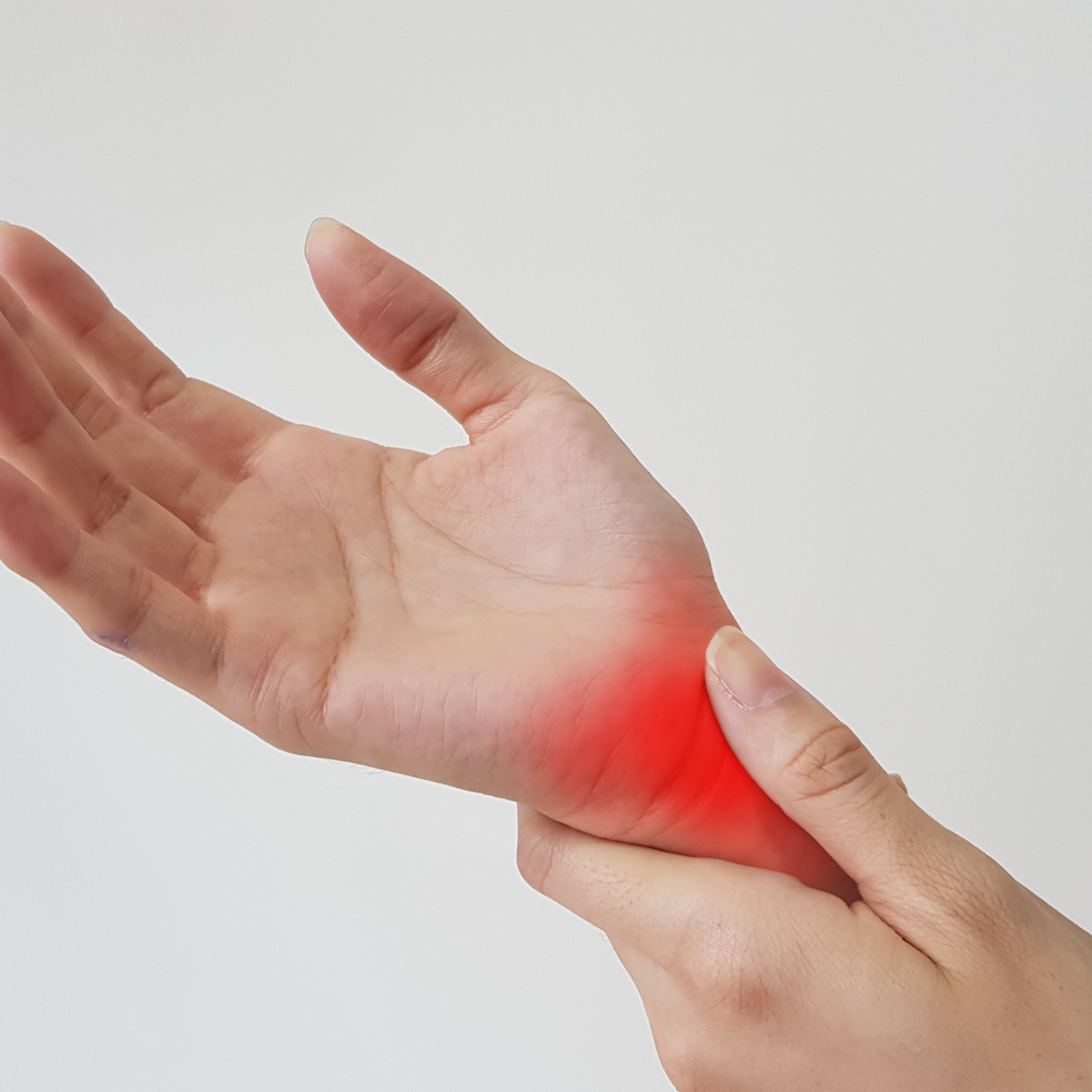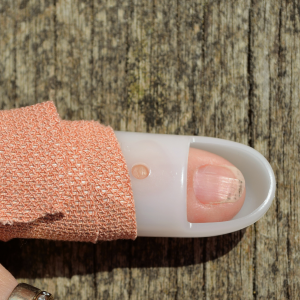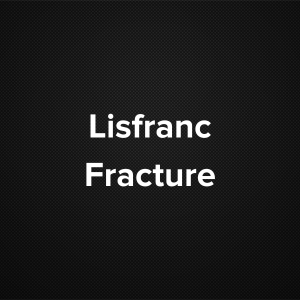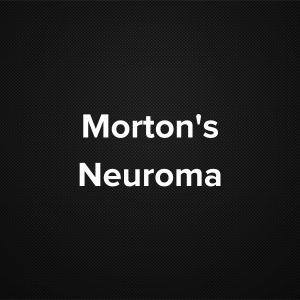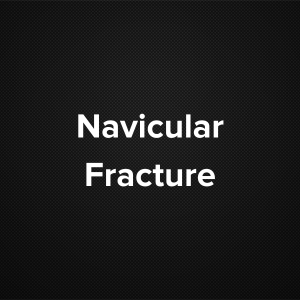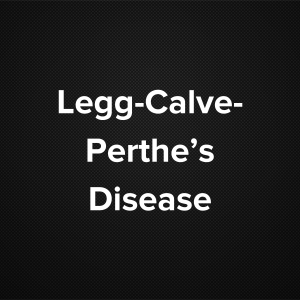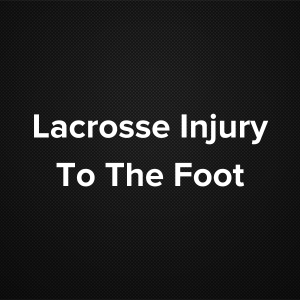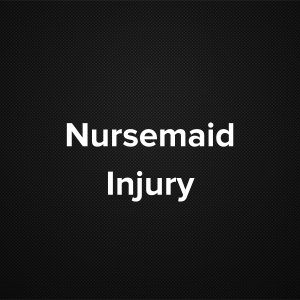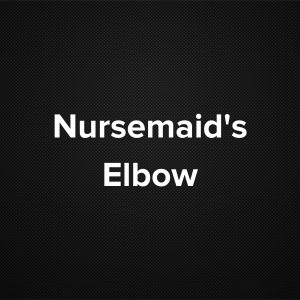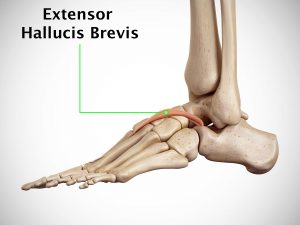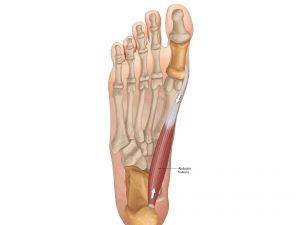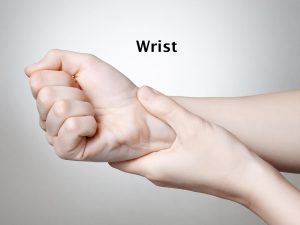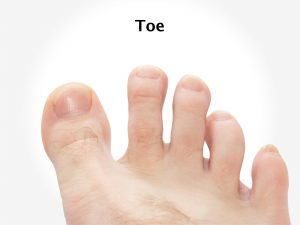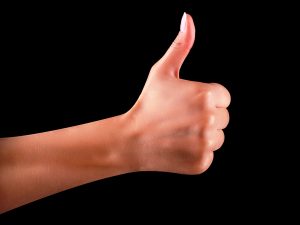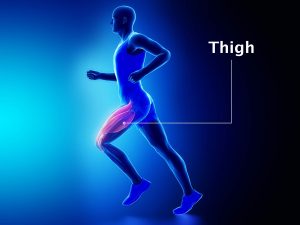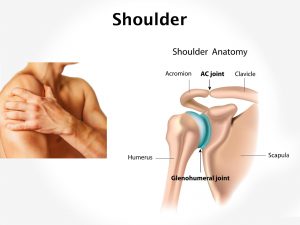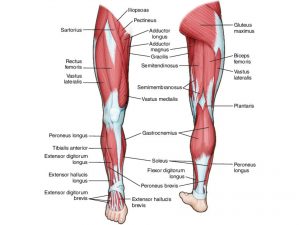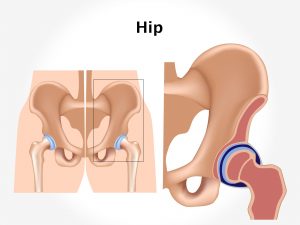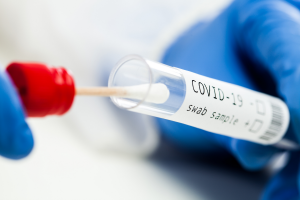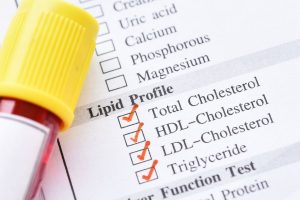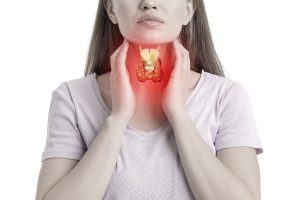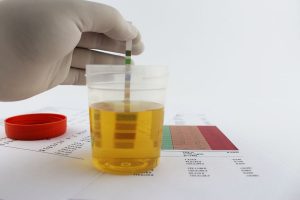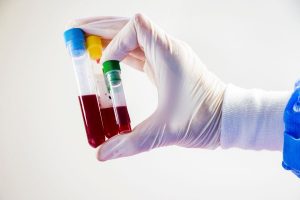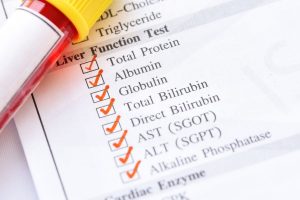Causes and risk factors
Tendonitis is usually caused due to sudden injury to the muscle.
Overuse or repetitive movement of muscles as found in particular occupations like carpenting, gardening, and painting or in certain plays like tennis, badminton, long or short jump.
Clinical presentation:
There are various types of tendinitis, depending upon the muscle affected. These includes-Tennis elbow, Wrist tendonitis, Achilles tendonitis, Patellar tendonitis, Rotator cuff tendonitis, Posterior tibial tendonitis.
Patient may complaints of Pain in joint and swelling. Stiffness is seen. Restriction of movement is seen. On conducting the examination tenderness is noted. Excessive stiffness or restriction of movement for long can result in perpetual shortening of the muscle. Repetitive rupture of the muscle can occur.
Investigations:
Diagnosis is done of the basis of the symptoms narrated by the patient and the physical examination carried out by the doctor. Certain investigations which can be done are X-ray, MRI or CT scan of the affected joint. Routine blood test and a profile of specialized blood test are done to rule out other diseases.
Treatment:
Rest, wearing of braces and supports to hold the joint in alignment during movement, cold compressions along with medications can be advised. Medications prescribed are non steroidal anti inflammatory drugs (NSAID), steroids, DMARDS (Diseases modifying anti rheumatic drugs) and pain relieving drugs are prescribed. In severe cases corticosteroid injections and topical pain relieving gels and lubricants are advised. Surgical intervention is not needed in cases where the tendon is severely affected. In cases where repetitive movement is involved timely breaks and in-between exercises should be undertaken. If pain or any other complaints come up consult a doctor. The activity should be started at a gradual pace rather than starting it suddenly with force. Regular exercises should be done.
Other Modes of treatment:
Certain other modes of treatment can also be helpful in coping up the symptom. Taking into consideration the symptoms in holistic way, homoeopathy can offer a good aid for the relief of the symptoms. The Ayurvedic system of medicine which uses herbs and synthetic derivates can also be beneficial in combating the complaints. Acupuncture which is the science of insertion of fine needles on the certain stimulating spots on the body has proved to be effective. Certain yoga exercises can also be helpful in relieving the pain and strengthening the muscles.
